Recycle and Upcycle
What do we understand from recycling and upcycling?

Upcycling means reuse (discarded objects or material) in such a way as to create a product of higher quality or value than the original.
How are these helpful for us and for the environment?
Recycling is good for the environment; in a sense, we are using old and waste products that are of no use and then converting them back to the same new products. Since we are saving resources and are sending less trash to the landfills, it helps in reducing air and water pollution.During the time of pandemic, everyone was stuck at home, no where to go, so they started exploring with the DIY techniques, make came across with a very creative ideas, some even started selling their sustainable handmade products. Many were upcycling their old goods.
Some example, how we can practice recycle and upcycle in our day to day life!!!
We all have stuff that no longer serves any purpose around the house, but we still have trouble getting rid of it. Either it’s “still OK,” or “might come in handy” or holds some sentimental value to it. In extreme cases, this might lead to hoarding, but if you’re creative enough, you can solve the problem with some repurposing ideas.
Some examples
TP Rolls Into Organizer Box
What are the materials that can be recycled-
Waste Paper and Cardboard- Recycling paper is vital to ensure you reduce your environmental impact and to reduce unnecessary general waste. Industry and commerce dispose of approximately 12.5 million tons of paper and cardboard in the UK each year; most paper is recyclable and can be diverted away from landfill sites.
Every ton of recycled paper or cardboard can save up to 17 trees, two cubic yards of landfill capacity and 4100 kW/hours of electricity.
Did you know that 70% less energy is used when making new paper from recycled stock than when using virgin pulp.
Plastic Recycling- The world generates 381 million tons of plastic waste annually, and with the amount of plastic waste set to double by 2034, recycling plastic is vital
There are about 50 different groups of plastics, with hundreds of different varieties. Most types of plastic are recyclable, and because of this, they need to be recycled to reduce the amount of waste sent to landfill and help prevent rubbish from ending up in the oceans.
You can find out if your plastic is recyclable by checking the resin code. These will be a number between one and seven surrounded by three arrows.
Although no one knows for sure as plastics haven't existed for long enough, it's believed that plastics can take over 500 years to decompose.
Metal Recycling- All grades of non-ferrous and ferrous metal are recyclable for future use. Because metals don't lose quality when recycled, we can recycle metal many times over.
To get an idea of how much energy recycling can conserve, recycling one aluminum drink can saves enough energy to power a television for around three hours!
Before the metals are recycled, metals get sorted in our materials recycling facility (MRF), separated into ferrous and non-ferrous types.
Ferrous metal includes Iron and Steel; non-ferrous metals include aluminum, copper, stainless steel, brass and lead to name but a few.
WEEE Recycling (Electronic Devices)- WEEE recycling is for the waste of electrical and electronic equipment recycling, which is nearly everything powered by a battery or plug such as computers, mobile phones and TVs. At ISM Waste & Recycling we accept and recycle most WEEE waste, including computers, monitors, TVs, radios, mobile phones and electrical tools.
Electronic goods recycling is a specialist part of the waste and recycling industry aiming to prevent electrical items sent to landfill.
Wood Recycling- Wood is the ultimate renewable material because of its large number of different uses.
Wood can be reused as a building material, recycled into mulch for landscaping. Even low-grade wood is useful because we can use it for fuel to generate environmentally friendly energy.
ISM Waste & Recycling can recover all types of uncontaminated timber. Wood grades include timber pallets, timber boxes, floorboards, chipboard, fencing, plywood, furniture etc.
Glass Recycling- Glass is 100% recyclable and never loses any purity or quality when recycled, meaning we can recycle it many times over.
Glass can take around one million years to fully decompose, which is a big issue for landfill sites getting too full. It is crucial to ensure we recycle as much glass as possible.
We can reuse glass repeatedly, and the quality of the material is as good as if it was made new from the raw materials. ISM can recycle various types of glass, which must be suitable for reprocessing.
Glass should be as clean and contaminant-free as possible for recycling. Grades include such items as bottles, jars, windows, drinking glasses, computer screens etc. Similar to other recycled materials, recycling glass also saves significant amounts of energy.
Clothing and Textile- With the rise of "fast fashion" in recent years, we are buying more clothes than ever and, therefore, we have more waste textiles than ever. At least 50% of the fabrics we throw away are recyclable.
It's not just the amount of textiles being sent to landfill that is the issue but also the increased use of raw materials to produce the clothes.
At ISM Waste & Recycling, we can recycle all textiles suitable for reprocessing, including redundant fabrics and clothing.
Bricks and Inert Waste Recycling- We can recycle hardcore rubble into usable materials for many uses in other construction and building projects.
Bricks can also be cleaned and reused as "reclaimed bricks" in another building or project to lower costs.
Alternatively, we can crush them into brick chips for use as a landscape material).
These waste streams come to us on skip wagons from industrial and demolition sites, it is tipped and then crushed to produce various grades of aggregates to be reused on construction sites.
There are multiple ways by which we can reduce the waste collection on the landfills. We can make soo many creative things for the home décor by using our stuff hat is lying around the house which don't serve any purpose and we are trying to throw out.
So lets just look around and collect such things and make something productive and beautiful out of it.
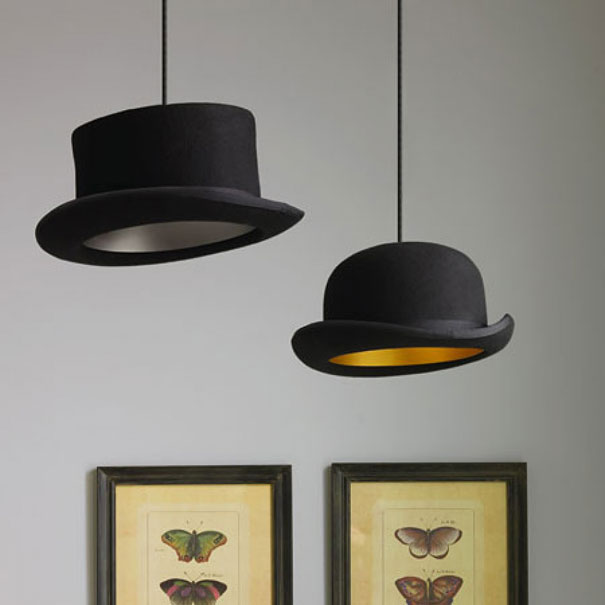
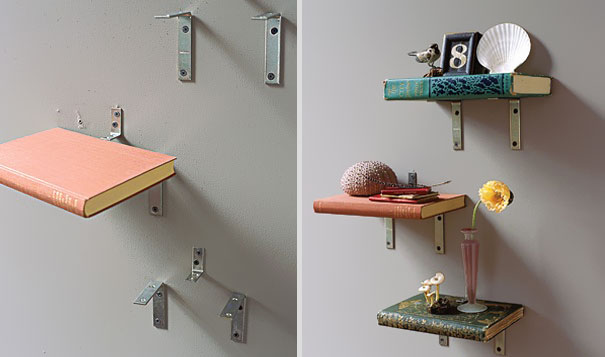
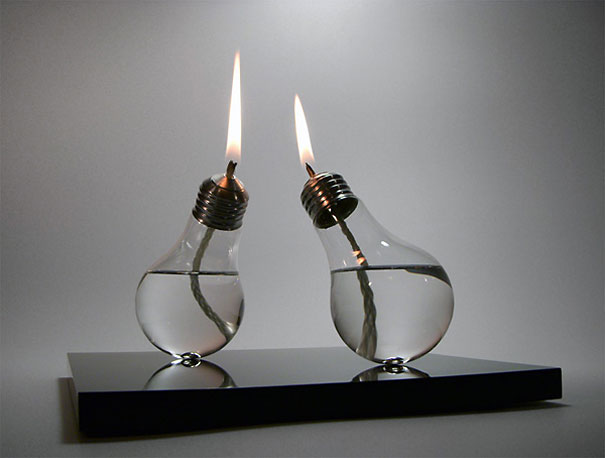
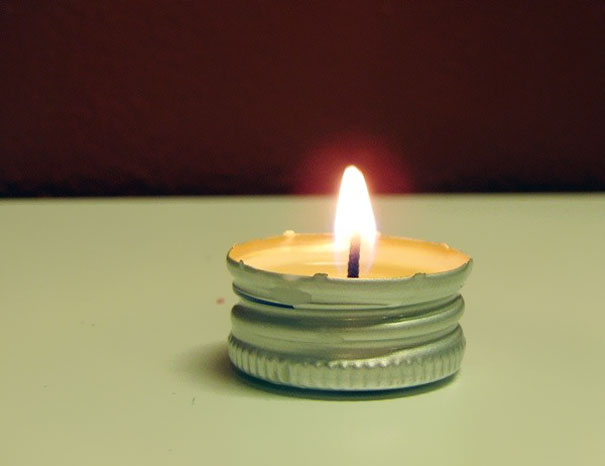
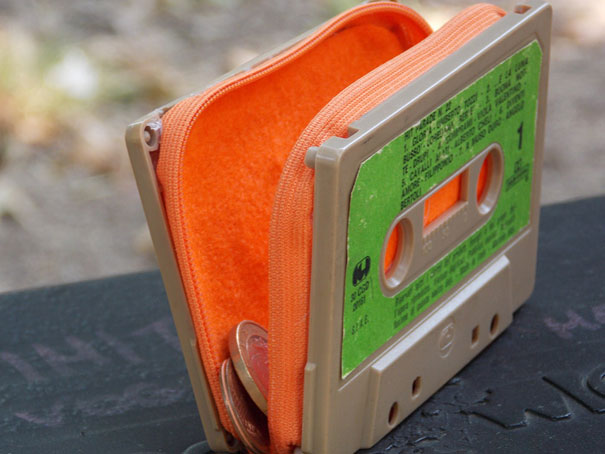
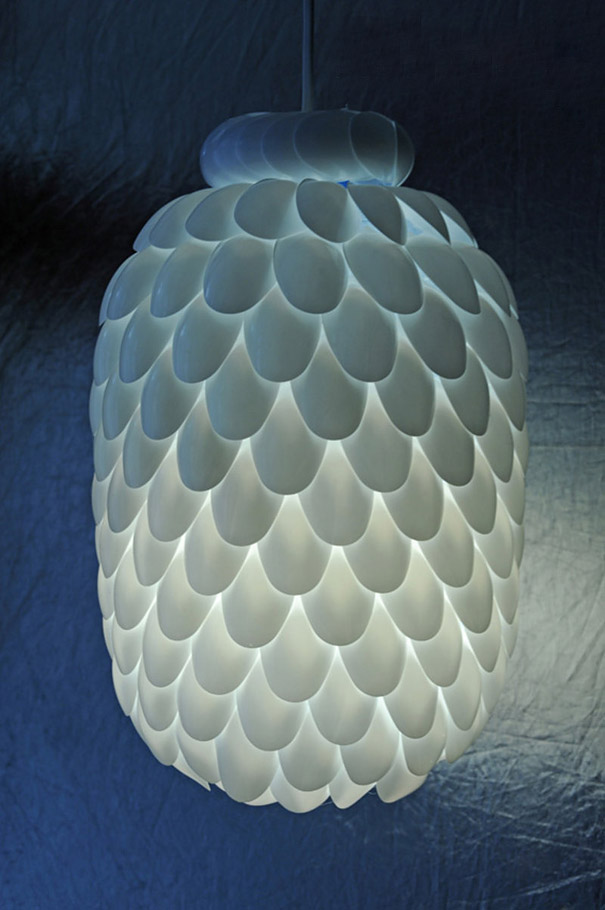
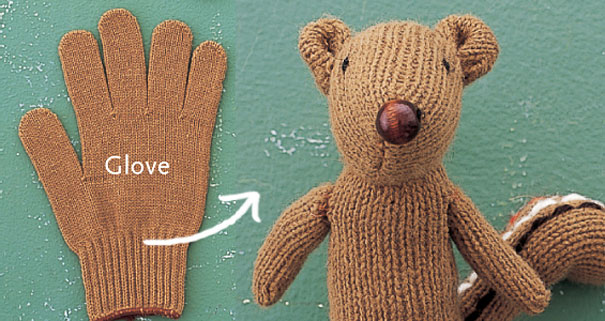
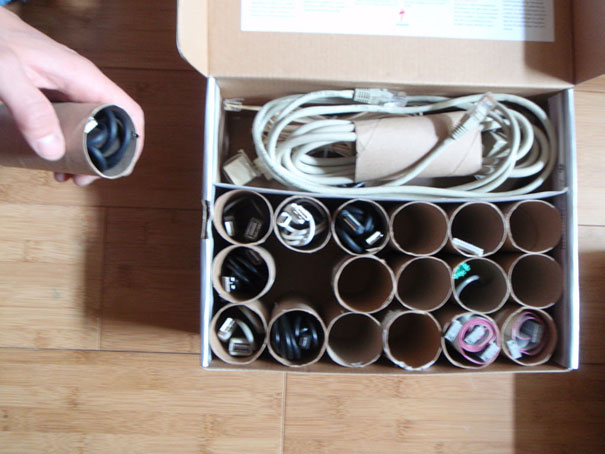
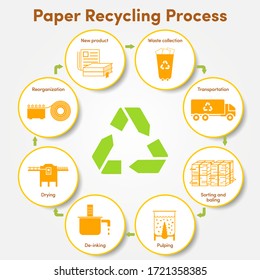


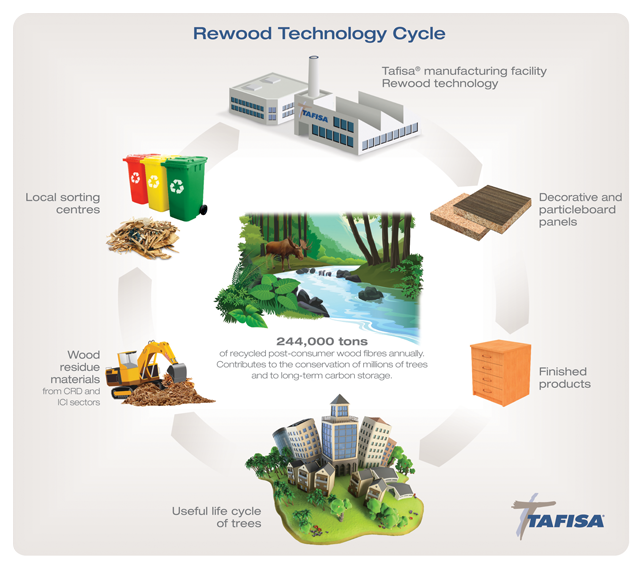
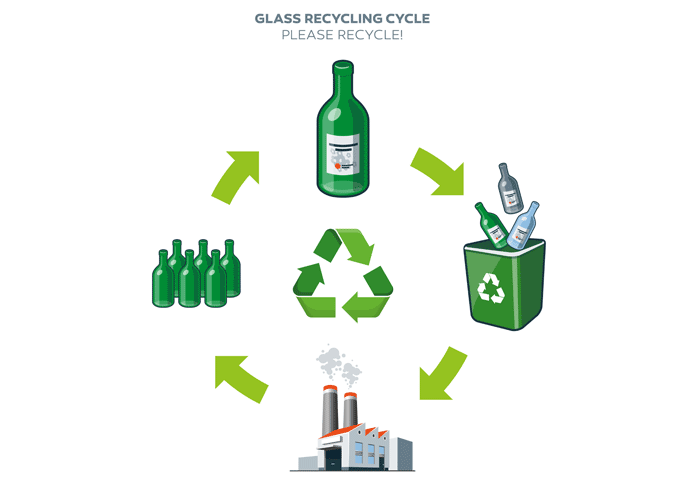
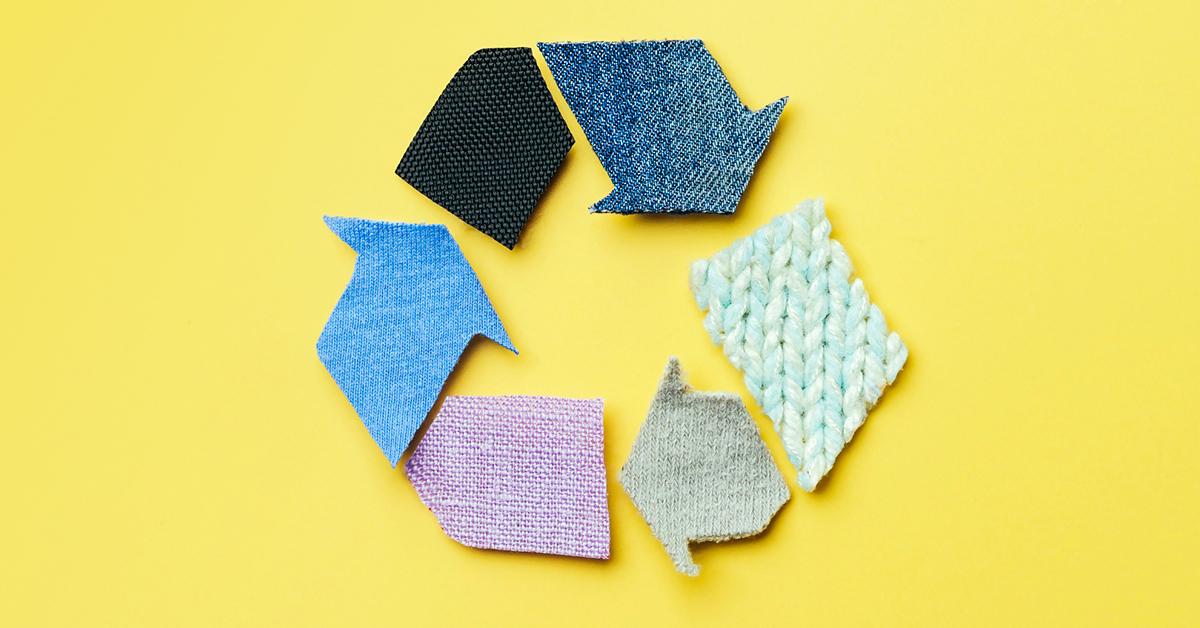

Comments
Post a Comment